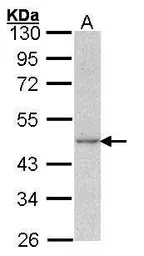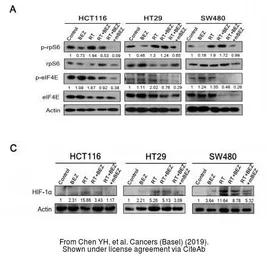Actin Gamma 1 antibody
Cat. No. GTX101794
Cat. No. GTX101794
-
HostRabbit
-
ClonalityPolyclonal
-
IsotypeIgG
-
ApplicationsWB IHC-P IHC-Fr
-
ReactivityHuman, Mouse, Rat, Cat, Dog










